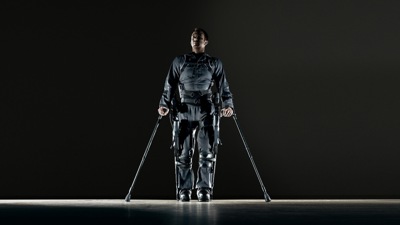Kessler Foundation has chosen six participants from Kessler Institute for Rehabilitation to test the Ekso exoskeleton developed by Ekso Bionics.
 Esko Exoskeleton
Esko Exoskeleton
The investigational studies of the exoskeleton will start on 17 October. The product was earlier called eLEGS and was manufactured by Berkeley Bionics, the name by which Ekso was earlier referred to. The exoskeleton is of great help to people confined to wheelchairs. It is a wearable, battery-operated robotic exoskeleton, which assists them in standing and sitting.
Ekso Bionics shares a partnership with ten centres across the US, which assist Ekso in the development of the protocols and determine how people suffering from spinal cord injuries are benefited from the products introduced by Ekso. As part of the investigation study which Kessler is organising, Ekso representatives will offer training to the staff and the research participants at Kessler on how to use the exoskeleton. The investigational team at Kessler, which will evaluate the exoskeleton and its impact on the patients consists of Steven Kirshblum, MD, Medical Director and Director of Spinal Cord Injury Rehabilitation and Gail Forrest, Interim Director of Human Performance and Movement Analysis Research. After the completion of the investigational study, Kessler plans to have its own exoskeleton by January 2012. Apart from investigating the Ekso exoskeleton and its benefits, Kessler is also part of the evaluation program for the LokomatPro V6 from Hocoma and epidural stimulation. LokomatPro is a wearable device that helps rehabilitation activities done on the treadmill. Epidural stimulation is done on the spine to help in walking by an implantable chip. Dr. Forrest pointed out that robotic technology was of great help in conducting rehabilitation activities by improving their efficiency and in preventing complications that may arise out of the treatment.